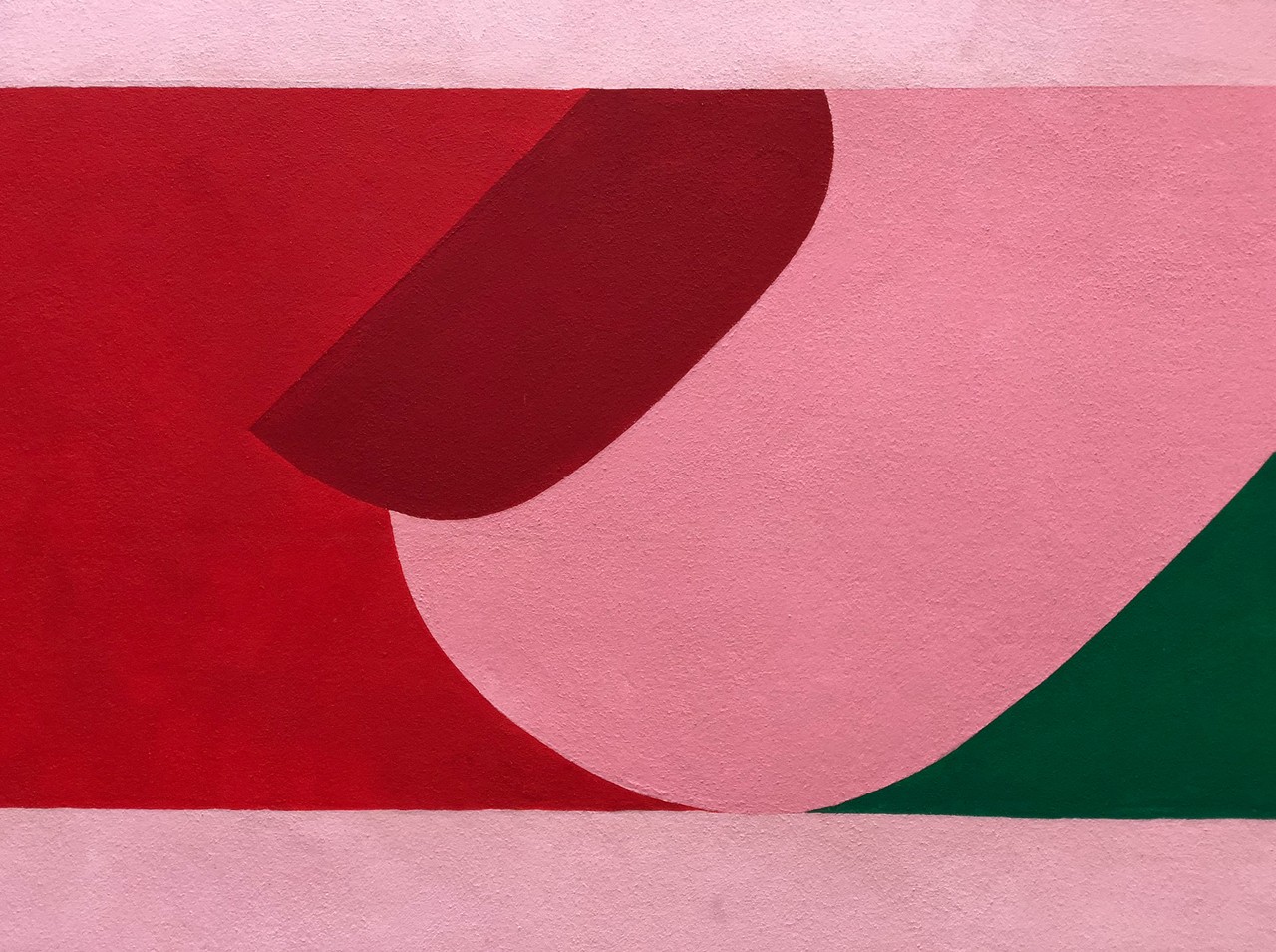Flood fill is an algorithm mainly used to determine a bounded area connected to a given node in a multi-dimensional array. It is a close resemblance to the bucket tool in paint programs.
The most approached implementation of the algorithm is a stack-based recursive function, and that’s what we’re gonna talk about next.
How does it work?
The problem is pretty simple and usually follows these steps:
- Take the position of the starting point.
- Decide wether you want to go in 4 directions (N, S, W, E) or 8 directions (N, S, W, E, NW, NE, SW, SE).
- Choose a replacement color and a target color.
- Travel in those directions.
- If the tile you land on is a target, reaplce it with the chosen color.
- Repeat 4 and 5 until you’ve been everywhere within the boundaries.
Let’s take the following array as an example:

The red square is the starting point and the gray squares are the so called walls.
For further details, here’s a piece of code describing the function:
int wall = -1;
void flood_fill(int pos_x, int pos_y, int target_color, int color)
{
if(a[pos_x][pos_y] == wall || a[pos_x][pos_y] == color) // if there is no wall or if i haven't been there
return; // already go back
if(a[pos_x][pos_y] != target_color) // if it's not color go back
return;
a[pos_x][pos_y] = color; // mark the point so that I know if I passed through it.
flood_fill(pos_x + 1, pos_y, color); // then i can either go south
flood_fill(pos_x - 1, pos_y, color); // or north
flood_fill(pos_x, pos_y + 1, color); // or east
flood_fill(pos_x, pos_y - 1, color); // or west
return;
}As seen above, my starting point is (4,4). After calling the function for the start coordinates x = 4 and y = 4, I can start checking if there is no wall or color on the spot. If that is valid i mark the spot with one “color” and start checking the other adiacent squares.
Going south we will get to point (5,4) and the function runs again.
Excercise problem
I always considered that solving a (or more) problem/s using a newly learned algorithm is the best way to fully understand the concept.
So here’s one:
Statement:
In a bidimensional array you are given n number of “islands”. Try to find the largest area of an island and the corresponding island number. 0 marks water and any other x between 1 and n marks one square from the surface corresponding to island x.
Input
- n - the number of islands.
- l,c - the dimensions of the matrix.
- the next l lines, c numbers giving the lth row of the matrix.
Output
- i - the number of the island with the largest area.
- A - the area of the i‘th island.
Ex:
You have the following input:
2 4 4
0 0 0 1
0 0 1 1
0 0 0 2
2 2 2 2For which you will get island no. 2 as the biggest island with the area of 5 squares.
Hints
The problem is quite easy, but here are some hints:
1. Use the flood-fill algorithm whenever you encounter a new island.
2. As opposed to the sample code, you should go through the area of the island and not on the ocean (0 tiles).